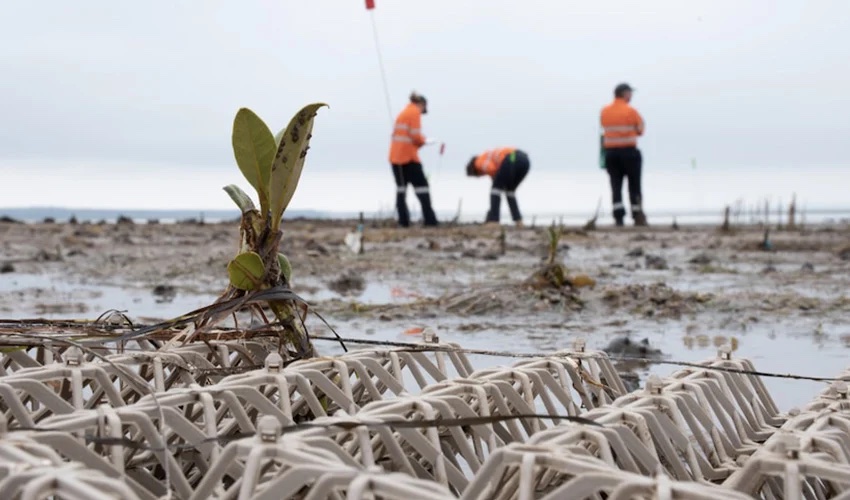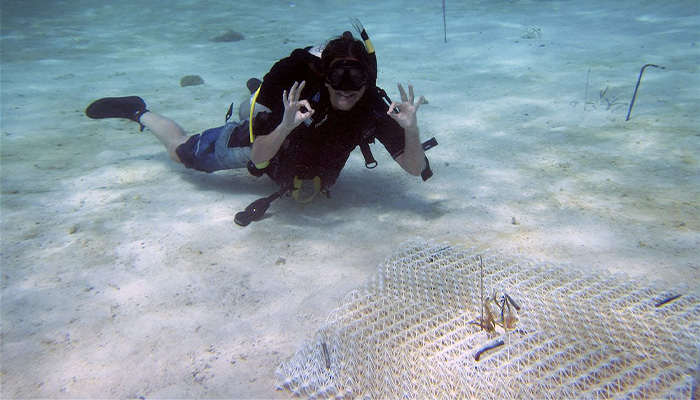3D Printing Could Help Fight Coastal Erosion

Coastal erosion is defined as the loss or displacement of land along the coastline. The main causes of this natural phenomenon are the depletion of soil organic matter (sand, rock) as well as the degradation of soil structure or problems of salinization and acidification. And it’s a huge issue worldwide, one that is only growing due to climate change. In fact, according to the U.S. Climate Resilience Toolkit, in the US alone coastal erosion is responsible for about $500 million per year in coastal property loss with average coastline recession rates between 25 and 50 feet per year not uncommon in parts of the country.
In order to fight against coastal erosion, there are a number of different initiatives that have been put in place. One of them integrates the 3D printing process for the manufacture of biodegradable structures. In collaboration with BESE, Australian researchers from the Blue Carbon Lab at Deakin University are using this technology to support the growth of species in wetlands, and thus fight against coastal erosion. The idea is to place mangrove seeds in 3D printed mesh frames in Port Phillip and Western Port Bay, Australia.

Structures help promote mangrove growth (photo credits: BESE)
Fostering Coastal Ecosystems Through 3D Printing
Called BESE-elements®, the 3D printed structures are made from compostable potato starch derived from industrial waste. And though no information was given on the technology used, with this type of material, FDM 3D printing certainly seems like a possibility. These mesh frames were produced by BESE, a company that specializes in designing products for natural habitat restoration. They degrade naturally after 2 to 10 years, depending on the ecosystem in which it is used. The structures were designed to promote root growth of mangrove seeds. Because of their lattice shape, they slow down the movement of water, allowing the soil to better recover and accumulate water. In addition, the structures stabilize the plant to prevent it from detaching from the soil.
The choice to plant mangroves is a calculated one. These plants are known to protect the coast from erosion and extreme weather events. They also contribute to water quality by filtering nutrients and sediments. With this project to combat coastal erosion, Blue Carbon Lab researchers also want to educate the public, industry and stakeholders on how restoration techniques can benefit local communities. According to BESE, BESE-elements® can even help to re-vegetate ecosystems in Europe and North America. To learn more about this project, watch this video explaining how these structures work. You can also click HERE.
What do you think of this project to fight against coastal erosion Let us know in a comment below or on our LinkedIn, Facebook, and Twitter pages! Don’t forget to sign up for our free weekly Newsletter here, the latest 3D printing news straight to your inbox! You can also find all our videos on our YouTube channel.
*Cover Photo Credits: Shan Hemmings / Blue Carbon Lab






